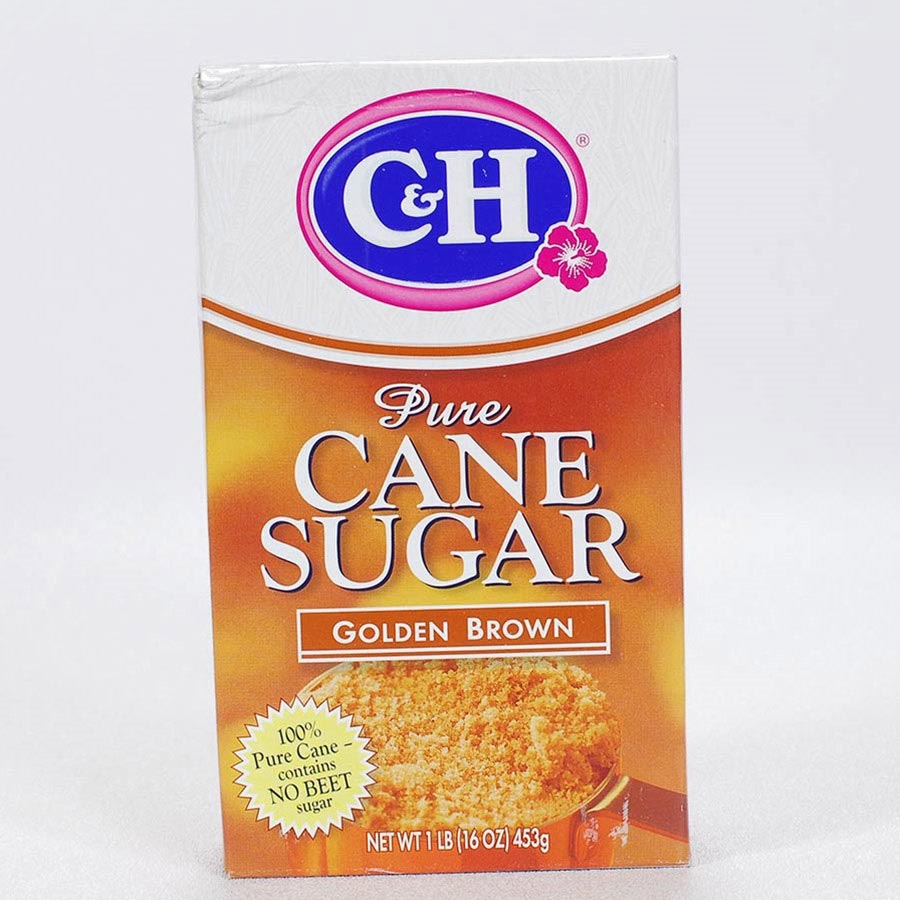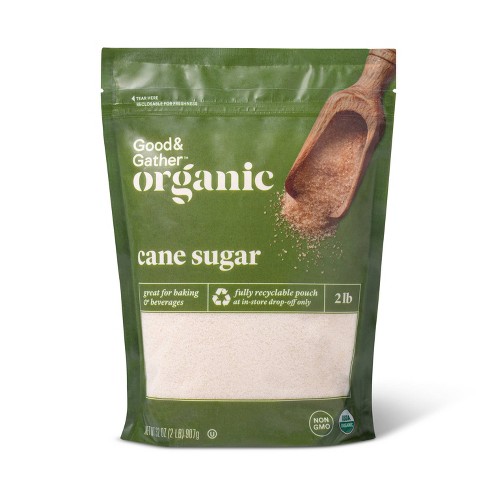Effective Cane Sugar Processing: Maximizing Return and Purity
Effective Cane Sugar Processing: Maximizing Return and Purity
Blog Article
Discovering the Comprehensive Tips Involved in Cane Sugar Handling From Harvesting to Improvement
The procedure of walking stick sugar production includes a series of intricate actions, starting with the careful harvesting of sugarcane and finishing in the improvement phases that make sure the final product meets market standards. Each stage, from the extraction of juice to the purification and crystallization processes, plays an important role in identifying the top quality and character of the sugar. Understanding these stages not just highlights the intricacy of sugar production but likewise elevates crucial questions regarding performance, sustainability, and development in the industry. What effects do these aspects have for future practices?
Gathering Sugarcane
Gathering sugarcane is an essential action in the walking cane sugar processing chain, as it straight influences the top quality and return of the end product. Correct timing and techniques are crucial during this stage to ensure ideal sugar web content and lessen losses. Usually, sugarcane is collected when it reaches maturation, typically 12 to 18 months after growing, defined by a high sucrose focus.

Post-harvest, the sugarcane must be processed quickly to stop sucrose destruction. Ideally, gathered walking stick needs to be moved to refining centers within 24 hours to preserve sugar quality. For that reason, efficient logistical preparation is critical to keep the honesty of the collected plant throughout the supply chain.
Removal Process

The smashed walking cane undergoes a series of pressing procedures to make the most of juice healing. Normally, warm water is sprayed onto the crushed cane, creating a countercurrent flow that assists dissolve the sugar while also aiding in the extraction process. The juice accumulated from this operation contains not only sugar yet also numerous organic substances and impurities.

To enhance removal performance, some facilities may use diffusion methods, where the sugarcane is saturated in warm water, allowing the soluble sugars to diffuse into the liquid. The resulting juice, abundant in sucrose, is then guided to subsequent processing stages, laying the structure for filtration and refinement. The extraction procedure is therefore essential in establishing the top quality and return of the last sugar item.
Filtration Strategies
The filtration methods used linked here in walking see post cane sugar handling are necessary for transforming the raw juice into a high-quality sugar product. These techniques mostly aim to eliminate impurities, such as soil, plant materials, and not natural materials, which can detrimentally influence the end product's flavor and color.
This process involves including lime and warmth to the raw juice, which facilitates the coagulation of pollutants. Additionally, the use of phosphoric acid can boost the explanation process by further binding impurities.
Another considerable technique is carbonatation, where carbon dioxide is presented to the made clear juice. This reaction produces calcium carbonate, which catches staying pollutants and advertises their elimination.
In addition, triggered carbon treatment may be related to adsorb any kind of staying colorants and organic pollutants, ensuring a much more refined item. The combination of these techniques successfully prepares the sugar juice for succeeding action in the refining procedure, establishing the phase for the production of high-quality walking stick sugar.
Crystallization Approaches
After the filtration phase, the next vital step in cane sugar handling involves crystallization approaches, which play a critical duty in changing the cleared up juice right into strong sugar. This procedure typically site utilizes two primary methods: spontaneous formation and regulated crystallization.
In spontaneous condensation, supersaturated sugar remedies are allowed to cool down naturally, leading to the development of sugar crystals over time. This method allows for the uniform development of sugar crystals and higher purity.
Throughout crystallization, the cleared up juice is concentrated with evaporation, increasing its sugar content until it gets to supersaturation. As soon as this point is achieved, either method can facilitate the condensation process. Cane Sugar Processing. The resultant sugar crystals are after that separated from the staying syrup with centrifugation
Ultimately, the selection of crystallization approach influences the top quality, dimension, and purity of the final sugar item, making this step necessary in the overall walking cane sugar handling treatment.
Refinement and Product Packaging
Just how can the pureness and high quality of cane sugar be even more improved after crystallization? The improvement process plays an important duty in attaining top notch walking cane sugar.
Next, the sugar is subjected to a process called centrifugation, where it is rotated at high rates to separate the cleansed sugar crystals from the continuing to be fluid. After centrifugation, the sugar is usually more improved with a technique called carbonization or phosphatation, which utilizes activated carbon or phosphoric acid to eliminate shade and off-flavors.
When improved, the sugar is dried to attain the wanted wetness web content, making sure that it continues to be stable during storage space and transportation. The last action involves product packaging the refined sugar in impermeable and moisture-proof containers to keep its quality and prevent contamination. Cane Sugar Processing. Correct product packaging not only expands life span however additionally assists in very easy handling and circulation, guaranteeing that consumers receive sugar that meets the highest possible criteria of purity and quality
Conclusion
The comprehensive steps entailed in walking stick sugar processing, from the thorough harvesting of sugarcane to the complex improvement and product packaging phases, emphasize the relevance of each phase in ensuring top quality sugar manufacturing. Optimum harvesting strategies, efficient extraction techniques, and strenuous purification procedures collectively add to the last item's purity and stability. The condensation and subsequent product packaging methods better enhance the integrity and life span of the sugar, highlighting the intricacy and accuracy integral in this important agricultural market.
The procedure of walking stick sugar manufacturing encompasses a collection of complex steps, starting with the careful harvesting of sugarcane and culminating in the improvement phases that guarantee the last item meets sector criteria. Preferably, collected cane must be carried to processing centers within 24 hours to protect sugar top quality.In spontaneous crystallization, supersaturated sugar services are permitted to cool naturally, leading to the development of sugar crystals over time - Cane Sugar Processing. The improvement process plays a crucial role in achieving top notch walking cane sugar.The thorough steps involved in cane sugar handling, from the careful harvesting of sugarcane to the elaborate refinement and product packaging stages, emphasize the value of each phase in making certain top notch sugar manufacturing
Report this page